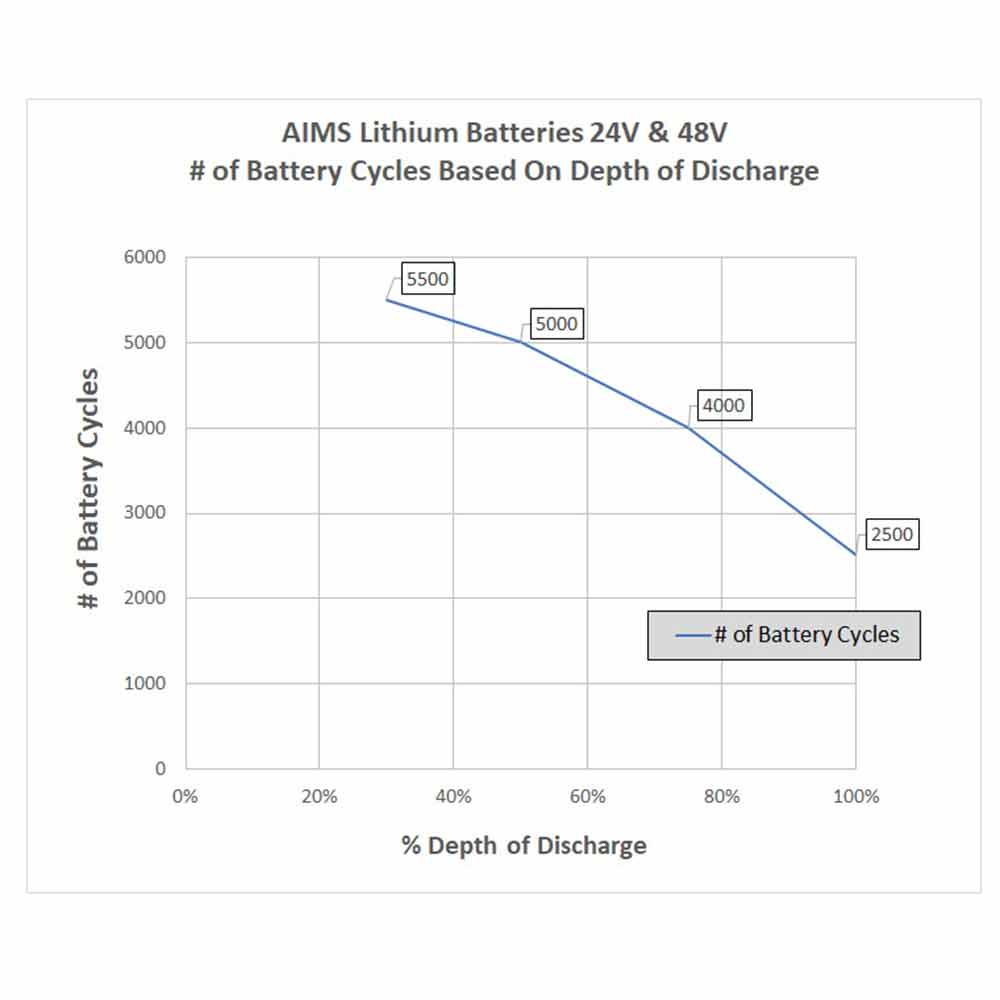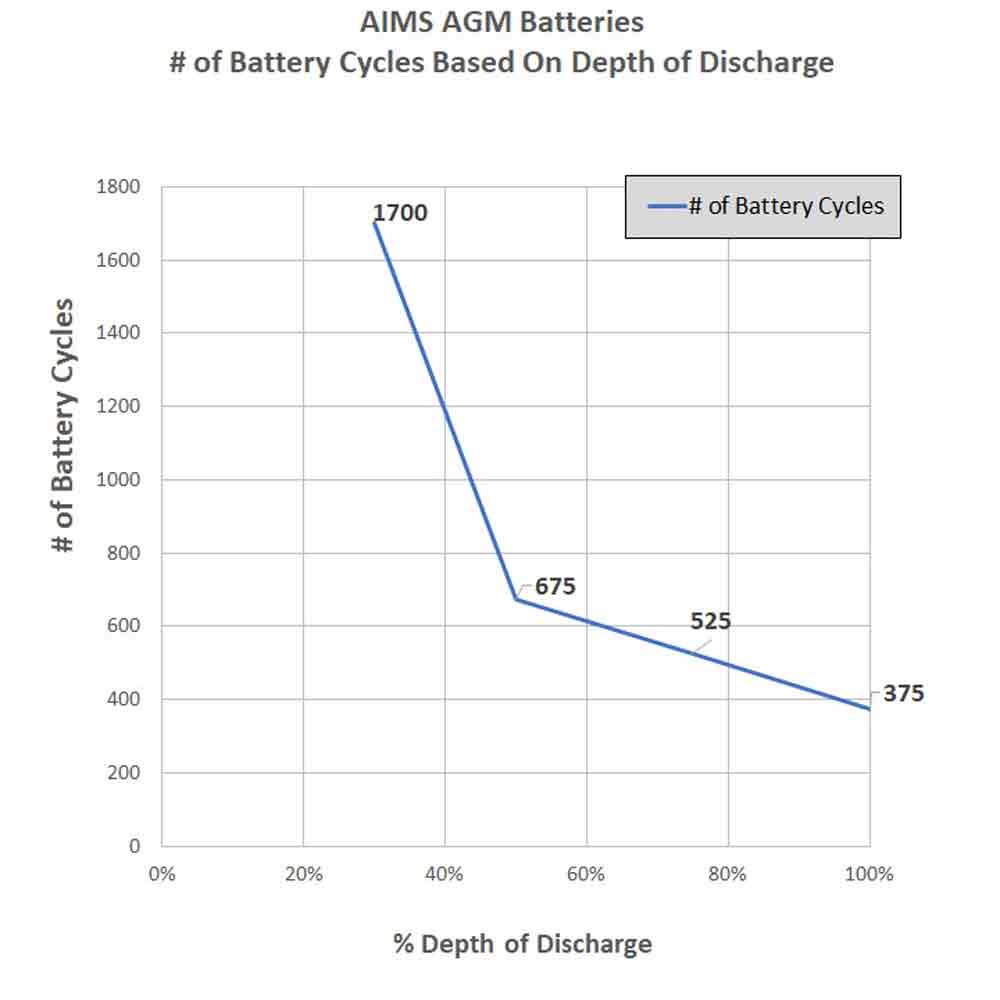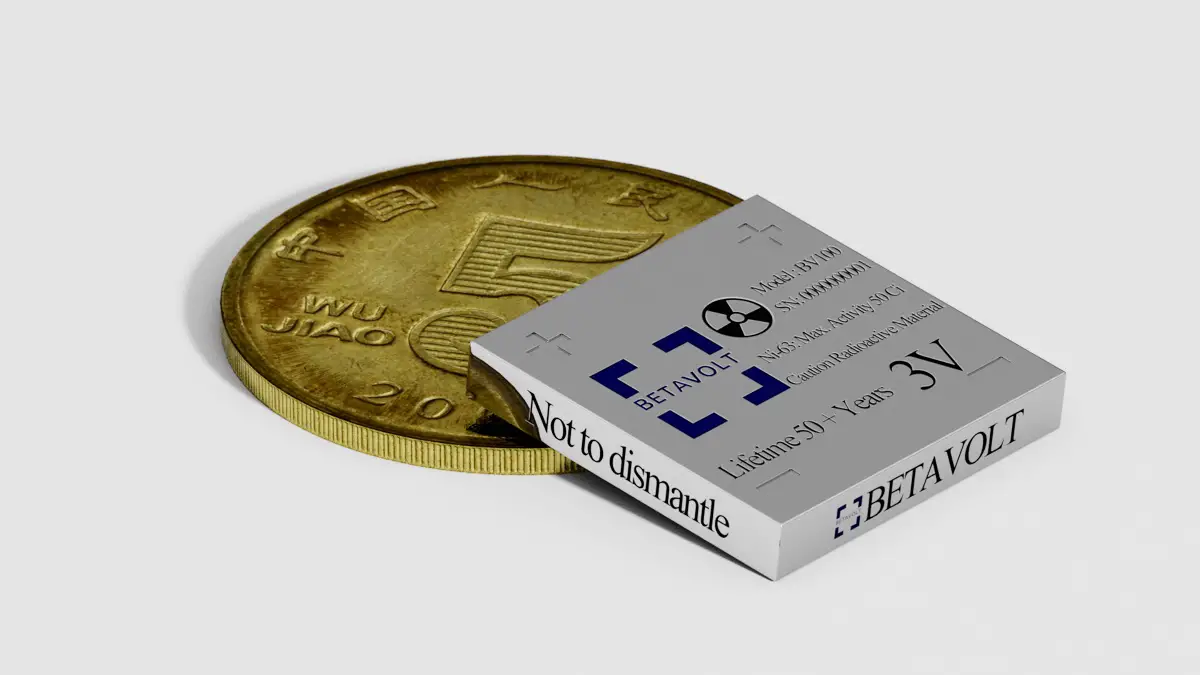Hello,
Before posting i searched a little bit where to post this video. It's about many researchers and inventors in the domain of "free energy" (mainly) + their inventions during these last 150 years. There's visibly no
main thread about the free energy topic (even if "free" is not the good word), there are a couple of small threads discussing it and there is this thread which discuss existing devices about energy, but not specifically energy production nor inventors or inventions.
But i decided to post this here because this thread remains "recent" and also because this video will probably interrest anyone following this thread .... and also because with the long list of exemples they summarized in this video, this can give ideas for researches among existing devices.
So, i found today this video from Kla TV (austria), first the french translated version, that i posted in another thread for french news/articles - but as they translated it in 23 languages and english if of course among them, i had to post it somewhere else !
It's a
wonderful summary, all condensed in 33 minutes.
Here's the link to the video, fully translated orally in english :
https://www.kla.tv/29727

www.kla.tv
(you can choose your preferred language just below)
Such clip should be show in every schools in any country ! But when you consider what is said in the video, you'll quickly understand that i'm wishfull thinking when i say to show this video in all schools : THEY will not allow it. I also agree that after having watched it, I wonder if one day such new inventions will be spread without the government acting against the inventor but protecting him from the energy mafia ? It's in fact a little bit depressing to watch this video, is it worth it to spread it ? If, let's say, 50% of people watch it, would this change something ?
Anyway, this 33m video is worth to watch, if you have time, do not hesitate.



 a lot in my bathroom so... Is this irrational thinking ?
a lot in my bathroom so... Is this irrational thinking ?

